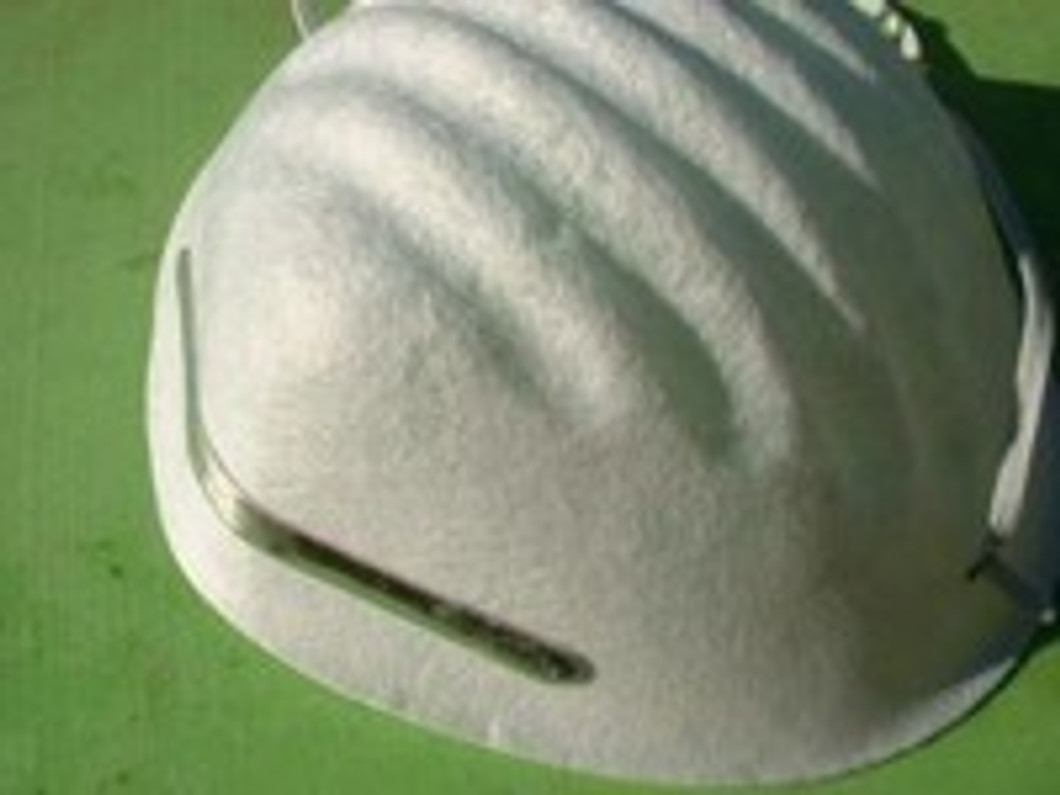The Dangers of Occupational Exposure To Crystalline Silica
Crystalline silica is an otherwise normal mineral compound that's found within the Earth's crust. The most abundant type is quartz, which typically possesses a clear-to-milky white appearance. Exposure to large particles of crystalline silica rarely results in illness or disease, but workers who are constantly exposed to extremely fine particles are susceptible to a range of different health conditions.
According to data presented by the Occupational Safety and Health Administration (OSHA), some 2 million U.S. workers are exposed to crystalline silica on a regular basis. Industries with the highest risk for disease and illnesses related to crystalline silica exposure include quarry work, stonecutting, counter making, sand blasting and rock drilling.
Harmful Effects of Crystalline Silica Exposure
OSHA standards (29 CFR 1926.55,1910.1000) currently limit the amount of crystalline silica workers can be exposed to during a single 8-hour shift. Unfortunately, it's not uncommon for companies to turn a blind eye or overlook these standards, placing workers' health in jeopardy.
The most common ailment associated with exposure to crystalline silica is a respiratory condition known as silicosis. Silicosis is broken down into the three following categories:
- Chronic -- typically occurs after 15-20 years of exposure to low levels of crystalline silica. Chronic silicosis is the most common variety of this condition.
- Accelerated -- typically occurs 5-10 years of exposure to high levels of crystalline silica. Symptoms may include fatigue, shortness of breath, and lung disease.
- Acute -- the most severe form of silicosis, acute silicosis may occur after just a few months of exposure to extremely high levels of crystalline silicosis. If not properly treated, acute silicosis can be fatal.
Workers can protect themselves from silicosis and other adverse health conditions associated with crystalline silica by following some basic precautions. This includes wearing a proper respirator when working around crystalline silica, using water washers and vents to reduce dust, removing clothes promptly after working with crystalline silica, and having routine health screenings performed by a licensed medical practitioner.
"Exposure to silica can be deadly, and limiting that exposure is essential. Every year, many exposed workers not only lose their ability to work, but also to breathe. This proposal is expected to prevent thousands of deaths from silicosis – an incurable and progressive disease – as well as lung cancer, other respiratory diseases, and kidney disease.Workers affected by silica are fathers, mothers, sisters and brothers lost to entirely preventable illnesses. We're looking forward to public comment on the proposal," wrote Dr. David Michaels, Assistant Secretary of Labor for OSHA.
Recent Posts
-
Fire Safety in the Workplace: What You Need to Know
What steps are you taking to prevent fires in your workplace? According to the U.S. Occupational Saf …Aug 23rd 2023 -
Is It Safe to Go Jogging With a Cold Infection?
If you're suffering from a cold infection, you might be wondering whether it's safe to go jogging. T …Aug 22nd 2023 -
5 Safety Tips to Follow When Using a Powder-Actuated Tool
Powder-actuated tools are commonly used to join materials to steel and concrete. Also known as Hilti …Aug 20th 2023




